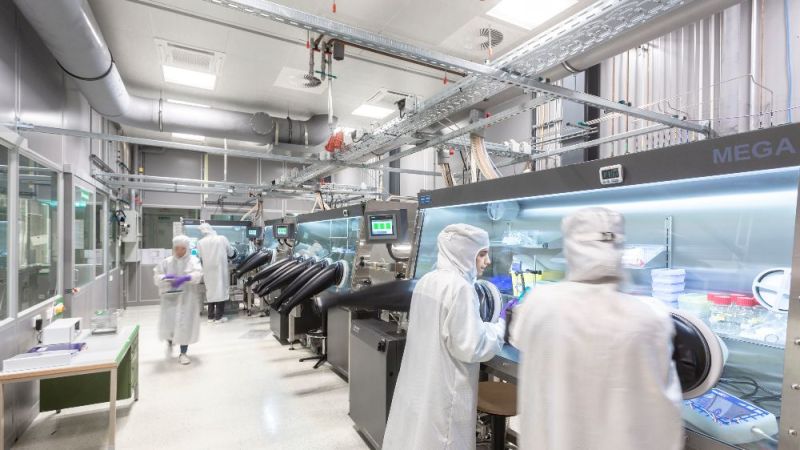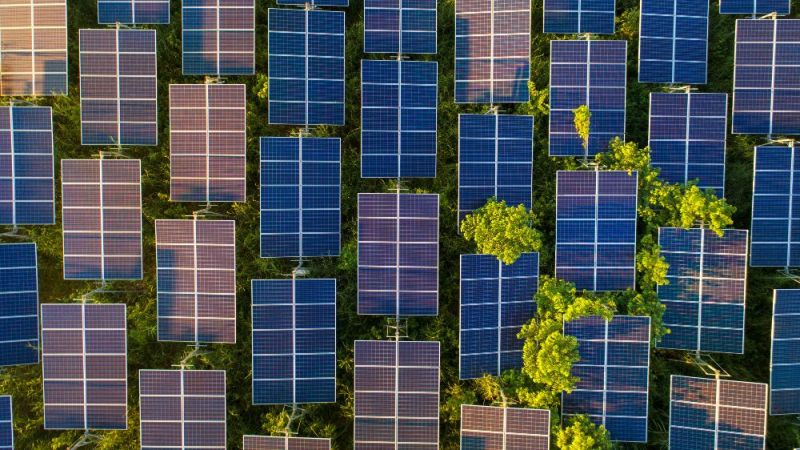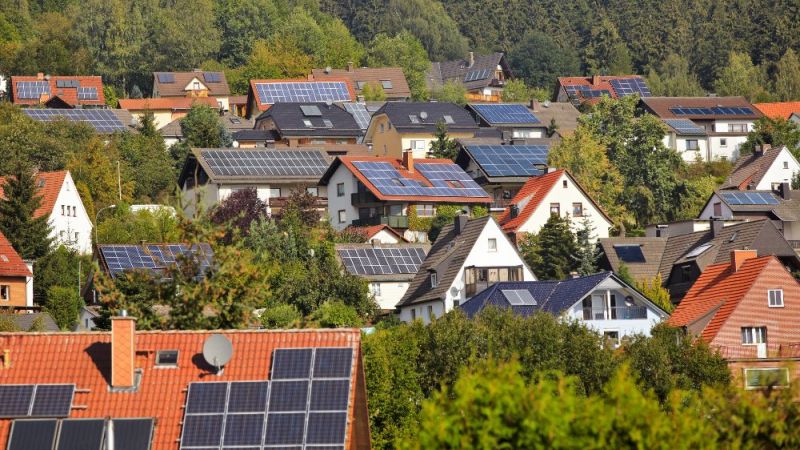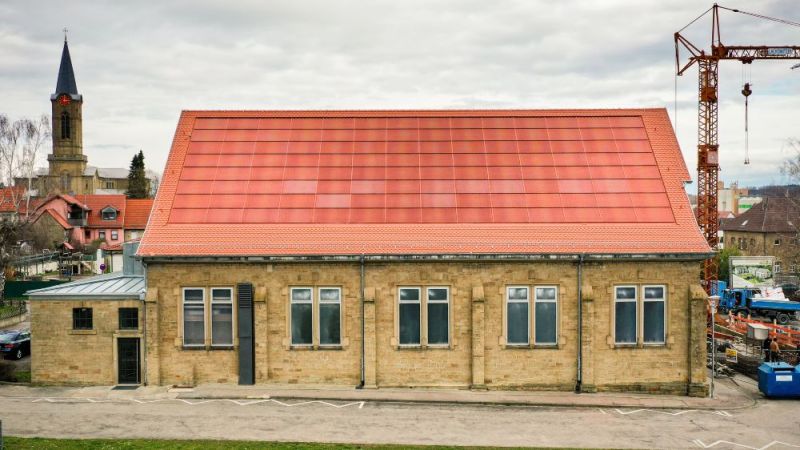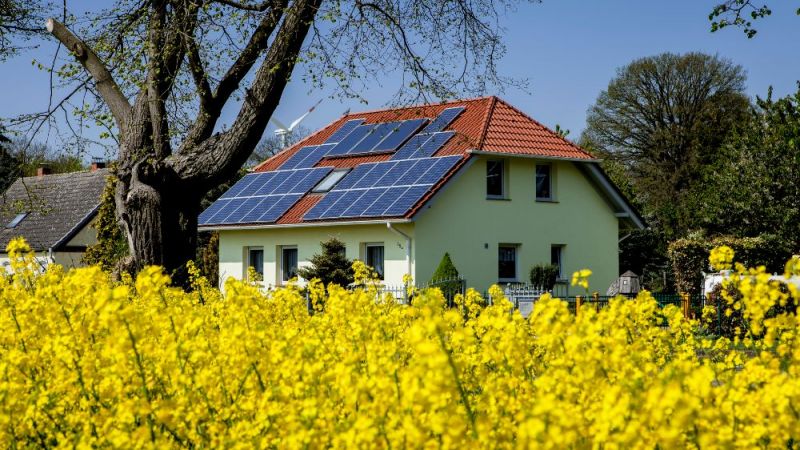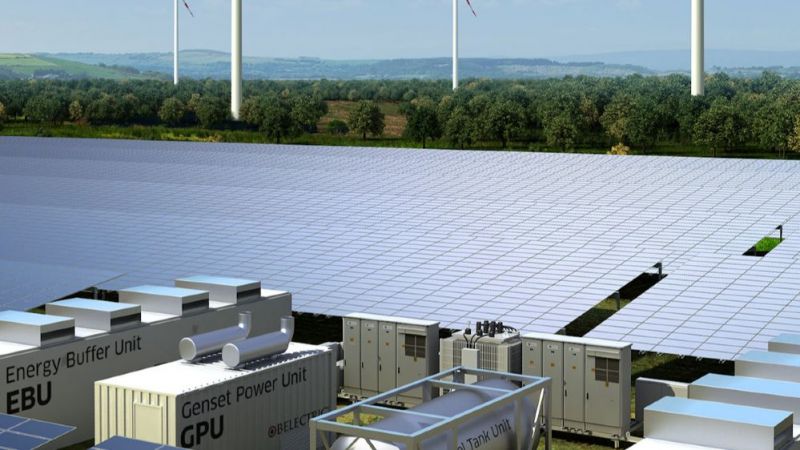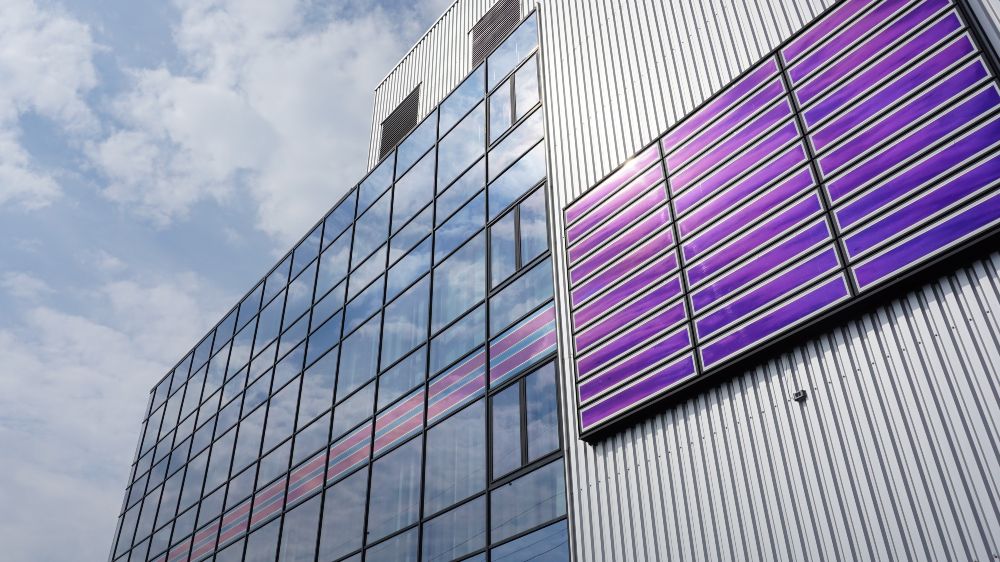
Smart sector coupling
New markets will arise in the future which will use further functions in addition to pure power generation, among them building facades, free-standing facilities in areas that are also used for agriculture, photovoltaics (PV) integrated into means of transport or self-sufficient supply of mobile electronics and sensor systems in industry 4.0. These new markets require specialised solutions and technologies as standard components can usually not be used. The important aspect in this context is the integrative processing of the value chain from material to special module. Technology-neutral research is to help translate innovative PV technologies into marketable final applications.
When it comes to using renewable energy to cover energy consumption in buildings and districts, the integration of modules in buildings (BIPV – Building Integrated PV) plays a particularly important role in energy policy. Innovative process technology is to ensure attractive architectural design. Research is being conducted into the fields of cell connection, encapsulation and module design. BIPV sets out the path for related, tailor-made product solutions in further fields of application, for instance vehicle integrated PV (VIPV).


